PULP ARTISTS’ WEEKEND-PEDRO CRUZ SPOTLIGHTED! INTERVIEW AND GALLERY!!!
AP – Hi Pedro, and thank you so much for agreed to doing this little interview with here at All Pulp. Let’s get started with a little background about yourself. Tell us something about who Pedro Cruz is. Where do you live, where did you grow up etc.etc. and what is your current status?
PC – Hi, thanks for having me. I live with my dear wife on the same town where we’ve lived since we were kids, a small suburb of Lisbon, the city where we were born, in Portugal. Thirty-five years ago (that’s how old I am) Portugal had just left a long dictatorship and, by modern standards, it was an incredibly old fashioned place! Just to give you an idea, when I was born, there was only one single TV channel (owned by the state) broadcasting in black and white for just about six hours every evening! Everybody saw the same shows and heard the same news – it was like growing up on a little village. We used to watch old Warner Bros. and Hanna-Barbera cartoons, Japanese animated series like Marco, Heidi, Future Boy Conan, experimental animation films from Canada and even from the old eastern bloc countries too, but also old ‘60s series like The Avengers, The Twilight Zone or The Outer Limits. There were many documentaries and we got to see old classic Hollywood and European movies in prime-time, something that would never happen now. Plus, most shows, even for kids, were broadcast in their original languages and subtitled, which made it easier for the kids of my generation to become polyglots and actually helped us learn to read. So TV had a huge part on shaping up my worldview. At the same time, there were plenty of newsagents with loads of comics featuring the Phantom, Mandrake, Flash Gordon, Prince Valiant, Popeye, Uncle Scrooge, Donald Duck, Mickey Mouse, Little Lulu, Tubby, Richie Rich, Casper, Hot Stuff, Turma da Monica, Superman, Batman, Spider-Man, Captain America, the Incredible Hulk, Conan… just to give you an idea, they could have a whole wall devoted just to comics. These were mostly Brazilian editions, as Brazil is an old colony of Portugal and we share the same language. I should point out that in terms of format, these were usually quite different from traditional American comics, about A5 in size ( 210 x 148 mm or 8.3 x 5.8 in ) and had from 64 to 300 pages featuring both current tales and reprints of old golden or silver age stories. And they were very cheap – I could read all the marvel line easily as one single magazine would be a sort of anthology consisting of one or two issues of the original editions of Captain America, the Avengers and Thor, for instances. Sometimes, they also featured articles on the authors or had pastimes or bring some kind of toy or poster… They were fun! On proper bookstores you had B.D. (Bande-Dessinée) hardcover comic albums with Tintin, Astérix, Spirou, Smurfs, Lucky Luke, Blake & Mortimer, Michel Vaillant, Ric Hochet, Valerian, Lieutenant Blueberry, Corto Maltese, Mafalda… I don’t want to sound like a grumpy old man, but nowadays, this reality I’m describing is mostly gone. Bookstores still have B.D. albums, but it’s very rare that you find newsagents carrying comics and there are very few anyway. Back to the past, my parents were very supportive and enthusiastic of me, they were big moviegoers and took me to see the Disney, Spielberg and Lucas movies that have had such a big impact on me and my generation. I was incredibly lucky of being born in the right time and place to experience this pop golden age and it left a mark in me that made me want to make things like what I saw in movies, cartoons and comics. I was an only child and my dad would bring home paper, pencils and pens in ample supply, so I’d spend long hours trying to draw characters and adventures either copied or imagined, in a style that echoed that same sensibility and aesthetic of all this pop culture. Later I went to study architecture in college, that seemed like a nice choice because I had the grades needed to get in there, it was a respectable profession and I still got to draw and learn art, but my heart was never there. During college, I worked for awhile at a small animation studio and it was an eye opener to how that really functioned. It was the galleys, really, you were just a cog in a machine. Animators got treated with very little respect and earned minimum wages. I left that, finished my graduation and went on to become a teacher while never stopping to draw. I won two awards on the annual public cartoon contest at Amadora Cartoon (the biggest comic convention here) and had quite a few illustrations, comics and cartoons published on DNJovem, a youth supplement that used to be a part of the print edition of Diário de Notícias, one of our leading newspapers. Unfortunately, there is no comics industry here in Portugal so I developed my blog as a way of showing my work. Currently, besides the comics on the blog, I’m also producing illustrations for Airship27.
AP –What level of formal art education did you have? What schools did you attend? Do you also teach art? If so, what kind?
PC – I graduated as an architect by the Faculdade de Arquitectura da Universidade Técnica de Lisboa and this year I’m taking a master’s degree on the area of Education, specifically Art Education. Currently, I work as a teacher on the public school giving art lessons to the 5th and 6th grades. My students are mostly children of African and gypsy ethnics from one of the most socially problematic suburbs in Lisbon, they’re extraordinarily creative and love expressing themselves through the arts which makes my job very fulfilling and fun too. I’m also coordinating a couple of projects at my school, one involving a role-playing game that helps pupils develop personal and social skills through problem-based learning, and another where I’m tutoring a small group of students developing a comic book and learning the different tasks involved in its creation (writing, penciling, inking, coloring, lettering).
AP –Did you always want to be a commercial illustrator? What was your first professional commission? Have you ever done work in the advertising field?
PC – I’ve always wanted to work on areas related to art, and had dreams of being able to draw as a full-time job. Unfortunately, the market here in my small country is diminutive and doesn’t pay all that well, especially if you want to have a house and family. The first time I got a professional commission was right after college, when an old classmate’s girlfriend asked for a caricature of all her fellow employees and her boss to give him as a good-bye present because he was moving to another department.
AP –Your website indicates you’ve done comic work. Have you always been a comic book fan and what are some of the comic projects you have worked on?
PC – I have always been an avid comic book fan and it’s only been on recent years that my consumption of comics has slowed down almost to a halt. I still read a book here and there but it has to be done either by a friend or from a very limited list of artists whose work I continue to follow. In spite of that, I still find great enjoyment in creating and drawing comics.
As far as collaborations in comics go, I worked on Guard Dogs, a series written by Jason Quinn for Starscape Illustrated, a UK-based fanzine. I drew “Helljacket”, a short story written by Steve Zegers for Ronin Studio’s Ronin Illustrated. I also drew the first issue of NiteLite Theatre’s White Ghost and a short story featuring the Semite, one of writer Mike Haselhoff’s characters. There’s also been Grace, a great short story written by Aria Ponto. My blog is the best place to find some of these and other comics, if you take the time to explore it.
I’ve done entirely on my own WHYM and METANOIA. At the moment, the later is still a work in progress which I post once a week on my blog but it has a definite ending. I also have a few more projects in different stages of development which will hopefully see the light of day sooner or later.
AP –What graphic illustrators have been the most influence on your development?
What did you learn being a fan of their work?
PC – Comic book art has always been my primary influence and the list of graphic illustrators who have and continue to influence my development would probably be too long to relay here. Speaking strictly for the pulp illustrations I’ve been doing for Airship 27, I’ve purposefully tried to do what I’d call a classic American style. To this end I’ve been using the duoshade technique, which I was first introduced to by the work of John Byrne in the early 1990s in comics such as his OMAC mini-series and Namor. Originally, this was done through the use of a special paper called craftint, I think, that had imprinted lines or dot screens in non-repro blue, that became visible when a special chemical was applied. I was fascinated with the results of such technique and thought it was a very efficient and graphic way of introducing value, tone and special effects that could enhance the sense of mood, place, texture and dimension in a drawing while still working with just pure black ink on white paper. I investigated more and learned that the original master of such technique in comic illustration was the late great cartoonist Roy Crane and have devoured his work whenever I’ve come across a reprint of his comic strips. Since I had no access to craftint boards or the chemicals used to develop that process, I ended up creating duoshade through digital effects on the computer. So, basically, those are the two cartoonists that have probably influenced most the work I’ve been doing for the pulps.
AP –Of all the artists in the field today, which do you admire the most and why?
PC – I am very omnivorous in my tastes but, speaking strictly of comics, of all the artists still regularly working professionally in the field, the one that still amazes me the most is Jean Giraud “Moebius”. I can look repeatedly even at his latest works, like Inside Moebius or Le Chasseur Déprime, and still feel surprised, inspired and refreshed. Looking at his work makes me want to draw! There’s no bigger compliment I can think of for an artist.
AP –How did you first become affiliated with Airship 27 Productions? Was this the first pulp illustrating you had ever done?
PC – My friend writer Aaron Smith came up with a story featuring Doctor Watson and Doctor Seward for a possible graphic novel for me to illustrate. Then he started to work for Airship27 and pitched the same idea as a novel to Ron Fortier, presenting the possibility of me working as an illustrator for the novel. Ron liked my art and asked if I was also interested in contributing illustrations for Jim Anthony Super-Detective, another of their series. Naturally, I jumped at the chance of illustrating pulp adventures. After all, many of the comic book heroes which I’d enjoyed so much as a kid had their roots on the pulps. I’d never done it before, but I’ve loved the experience so far. Ron Fortier and Rob Davis have been incredibly easy and friendly to work with. Their role as mentors behind this project can’t be over-emphasized and I hope our collaboration continue for many years to come.
AP – You’ve illustrated a Doctor Watson book and two featuring pulp hero Jim Anthony. Do you prefer one character over the other and do you have a different approach when doing the art for these two diverse characters?
PC – I like them both for different reasons. As far as the drawing goes, Jim Anthony comes easier because he’s just such an archetype, with his muscled physique, the strong jaw line and the defying attitude, so there’s really no way I could miss him other than on purpose. Doctor Watson, on the other hand, is much more of a challenge because not only is he closer to one of us common mortals, everybody knows him, which makes it intimidating. Drawing him is like sketching an impression of an old friend from back when you were a kid… only he is very famous, so you better make sure you draw him correctly!
AP –Is there a particular pulp or comic book character you would like to work on?
Why those characters?
PC – There’s a bunch of comic book characters I’d like to work on. Problem is they no longer have much character in them; they’re just properties. So, while I don’t rule out the possibility of working on pre-existing comic book characters – never say never – at this point in time, on that level, I’m much more interested in developing my own worlds, characters and stories, even if they are inspired by what came before. Which is basically the advice Jack Kirby gave young, new creators: if you want to follow on his footsteps, do your own thing. As far as pulp go, I think things are different as the characters I’ve been drawing for Airship 27 fall within public domain and aren’t owned by any one particular corporation whose sole intent is exploiting them and the authors involved for maximum profit at the least expense, with little care or regard for the original vision of the characters or their creators. With Airship27, there is a desire of respecting the characters and their original authors’ intentions as much as possible and everybody retains full rights to their own work, which is nicer. Beyond that, I’d like to have the opportunity of spreading my horizons and work on other genres like science-fiction and high fantasy.
AP –Here’s a tricky one. Of all the work you’ve ever done, which are you the most proud of?
PC – Oh, I won’t fall for that one, that’s like picking a favorite out of your sons. They all have their charming qualities and their faults too. Usually, the next project, the one that’s still floating in my mind’s eye, not yet materialized, that’s the one that excites me the most.
AP – Finally, is there anything you would like to plug here? Some project you want to let your fans know is coming soon? Feel free to promote away.
PC – I have my own blog www.pedro-cruz.blogspot.com where I regularly post. Again, as with drawing and making comics it is a way of communicating, of reaching out to people through my posts. Sometimes, it’s a funny video I come across on youtube, other times it’s just some rambling I have to put off my chest, often it’ll be some sketch or a comic. Currently, I’m serializing METANOIA, an experimental wordless comic, quite different from my pulp illustrations, in which I get to work with color. Once that’s finished I’ll probably take some months off to make the switch to producing fully digital artwork. For the last few years I’ve been using hybrid methods of creating art, but now it’s time to make the definitive change hoping it’ll improve my productivity while helping save some trees. If all goes well, you should all be seeing the results of that sometime in 2011. In the meantime, in terms of pulp fiction, I’m currently illustrating a new book featuring a couple of stories with Dr. Watson and Hound Dog Harker, and also a comic short story with none other than Jim Anthony Super-Detective.
AP – Thanks so much, Pedro. This has been most informative. Continued success in all your future endeavors.
PC – My pleasure.
FEATURED ARTIST-PEDRO CRUZ



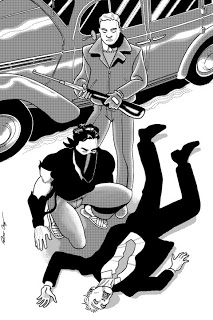








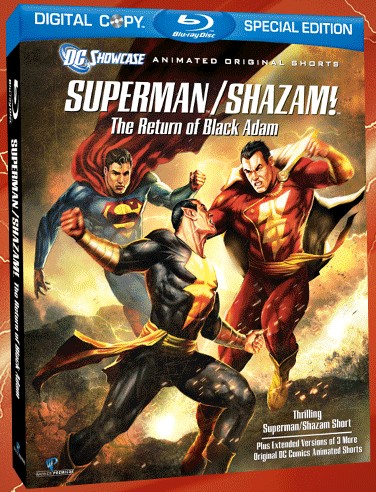 One the most pleasant developments with Warner Premiere’s line of animated movies featuring DC Comics’ heroes has been the addition of [[[Showcase]]], shorts based on the lesser known characters from the countless characters lingering in the library. To date, we’ve been treated to [[[The Spectre]]],[[[ Jonah Hex]]], and[[[Green Arrow]]] with two of them proving more satisfying than the main features. Now, the three have been collected, along with a fourth, all-new feature in the just released [[[Superman/Shazam! The Return of Black Adam]]].
One the most pleasant developments with Warner Premiere’s line of animated movies featuring DC Comics’ heroes has been the addition of [[[Showcase]]], shorts based on the lesser known characters from the countless characters lingering in the library. To date, we’ve been treated to [[[The Spectre]]],[[[ Jonah Hex]]], and[[[Green Arrow]]] with two of them proving more satisfying than the main features. Now, the three have been collected, along with a fourth, all-new feature in the just released [[[Superman/Shazam! The Return of Black Adam]]].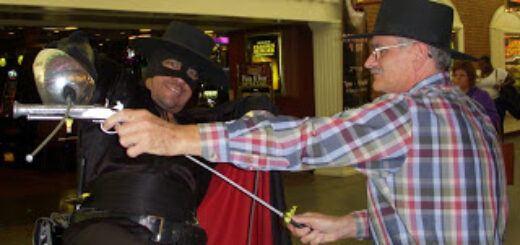




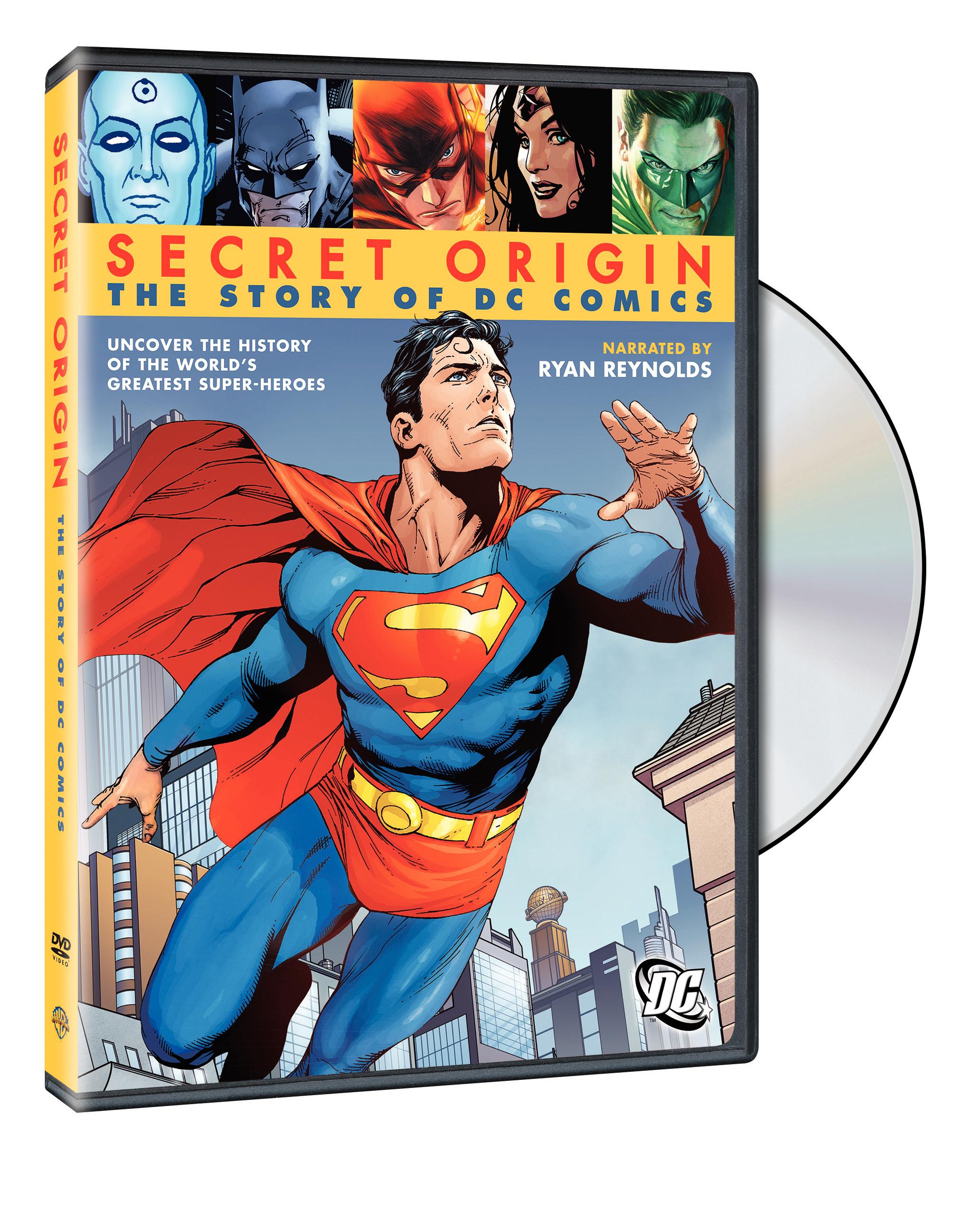 DC Comics had grand plans for its 75th anniversary but most of them were shelved when the company evolved into DC Entertainment and the mandate was to look ahead, not back. Still, there’s the mammoth book coming from Taschen and this month we’re being treated to the documentary [[[Secret Origin: The Story of DC Comics.]]] Narrated by next summer’s [[[Green Lantern]]], Ryan Reynolds, the 90 minute feature explores the company from beginning through today but given the wealth of subject matter, at best, this is a surface study.
DC Comics had grand plans for its 75th anniversary but most of them were shelved when the company evolved into DC Entertainment and the mandate was to look ahead, not back. Still, there’s the mammoth book coming from Taschen and this month we’re being treated to the documentary [[[Secret Origin: The Story of DC Comics.]]] Narrated by next summer’s [[[Green Lantern]]], Ryan Reynolds, the 90 minute feature explores the company from beginning through today but given the wealth of subject matter, at best, this is a surface study.
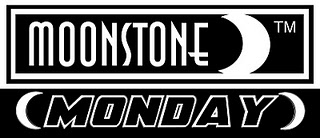
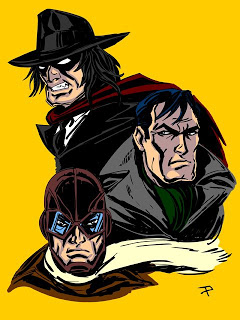
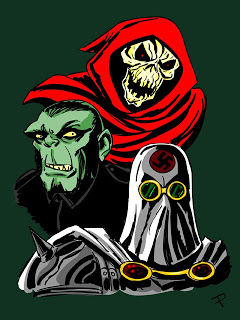
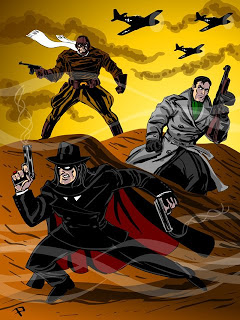
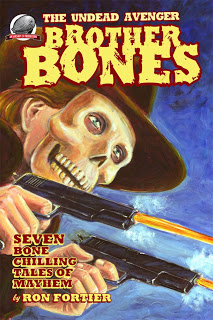
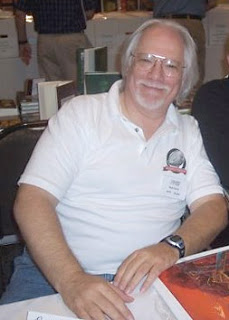
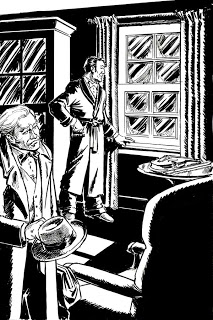

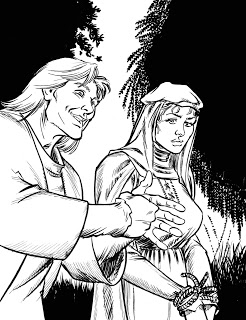
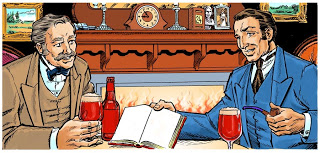
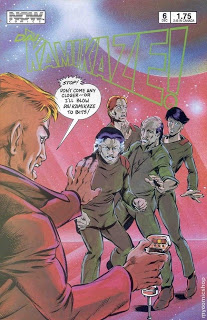

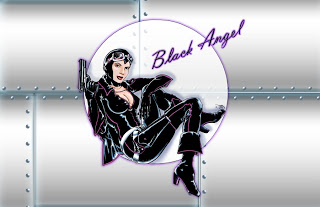
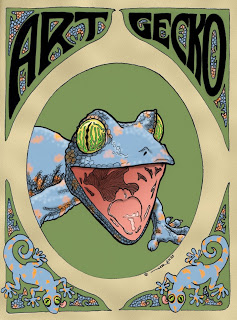

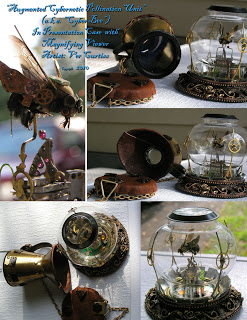
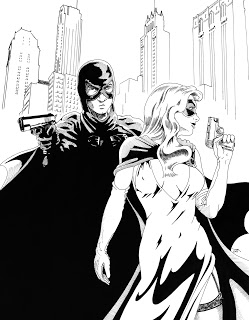

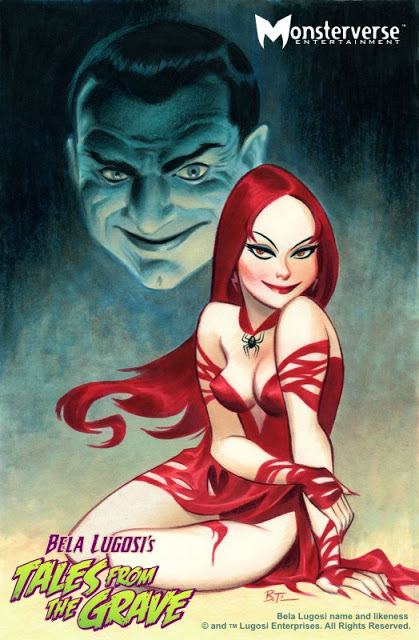
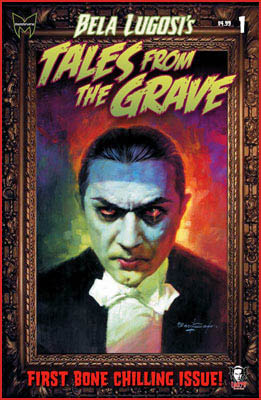



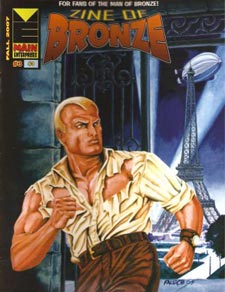
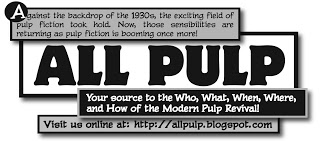

 “It’s the
“It’s the








